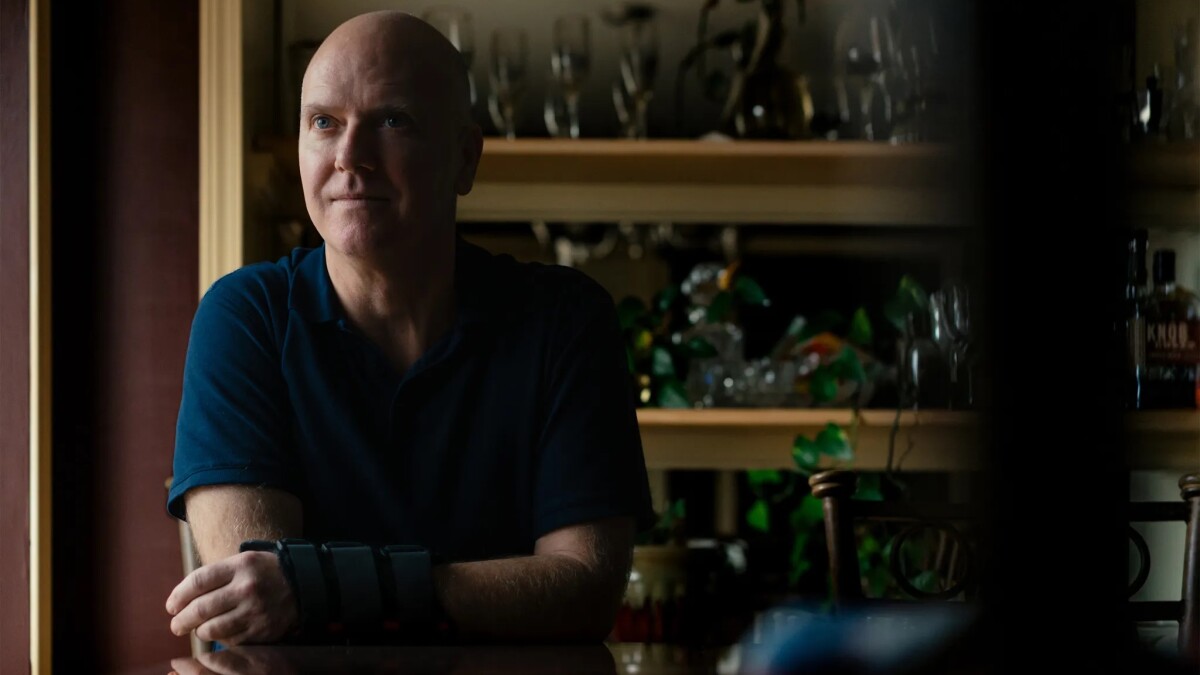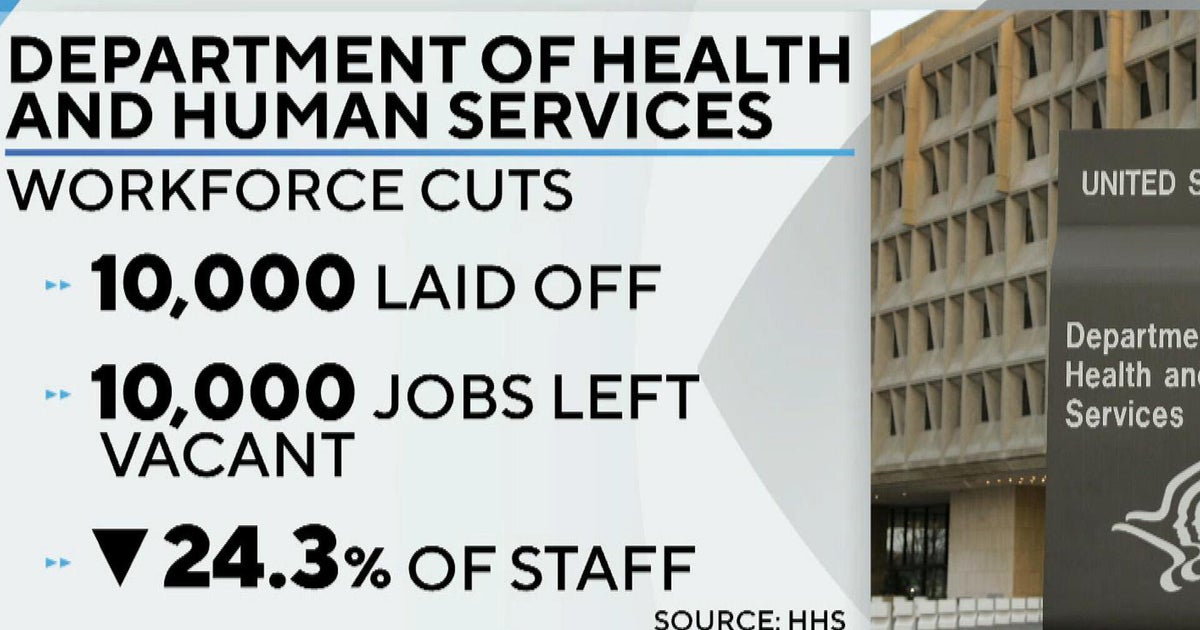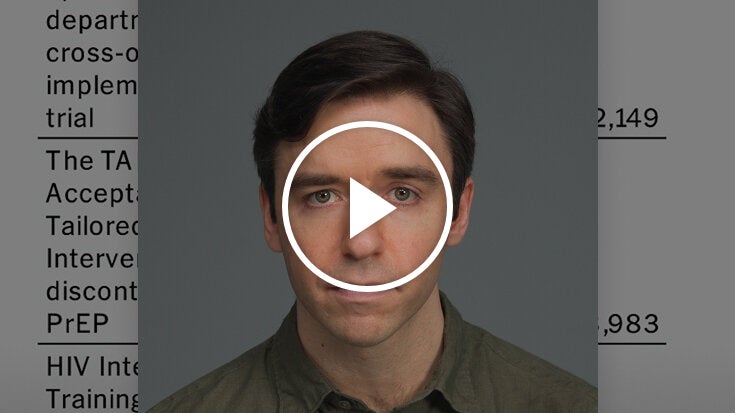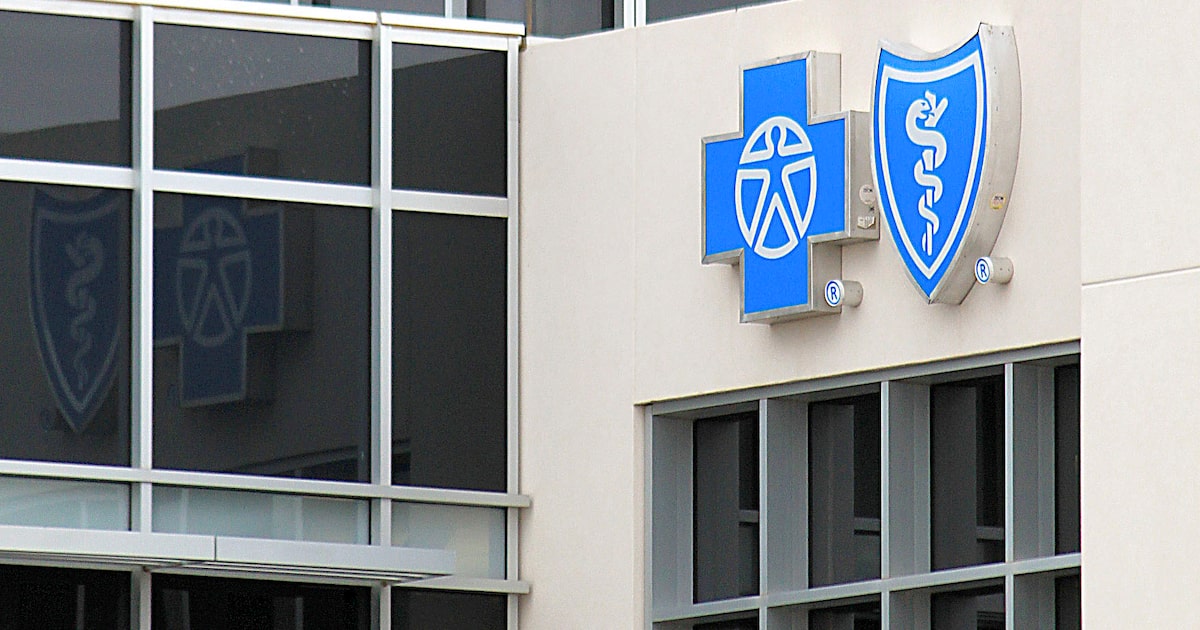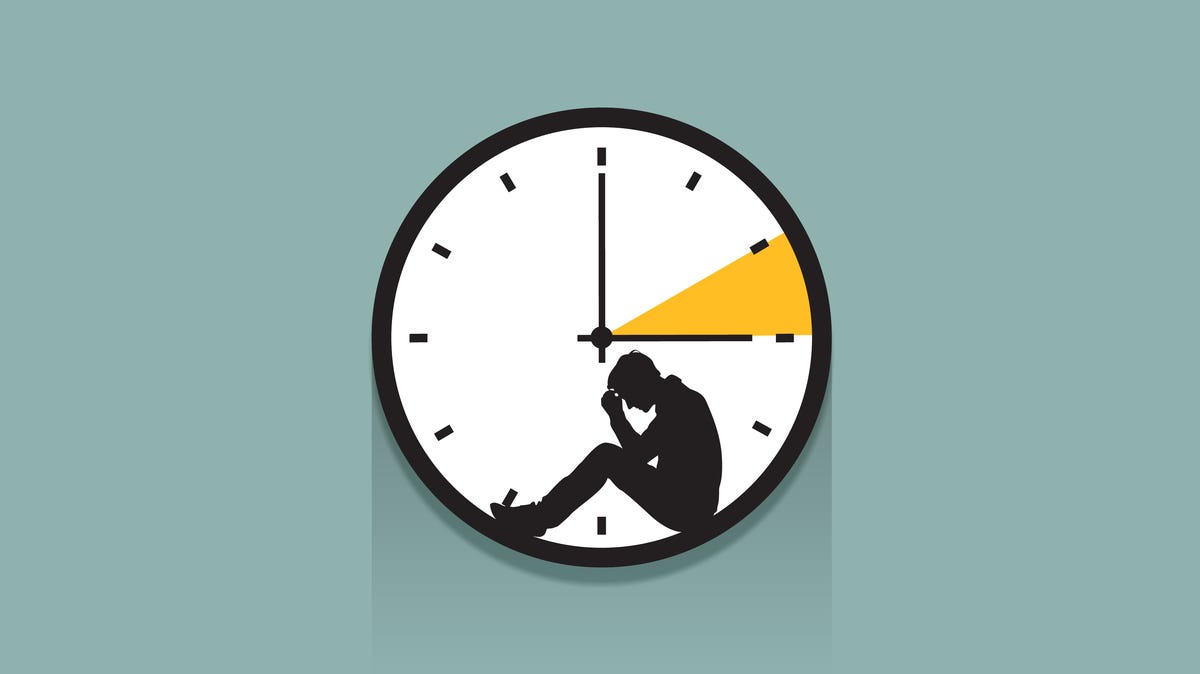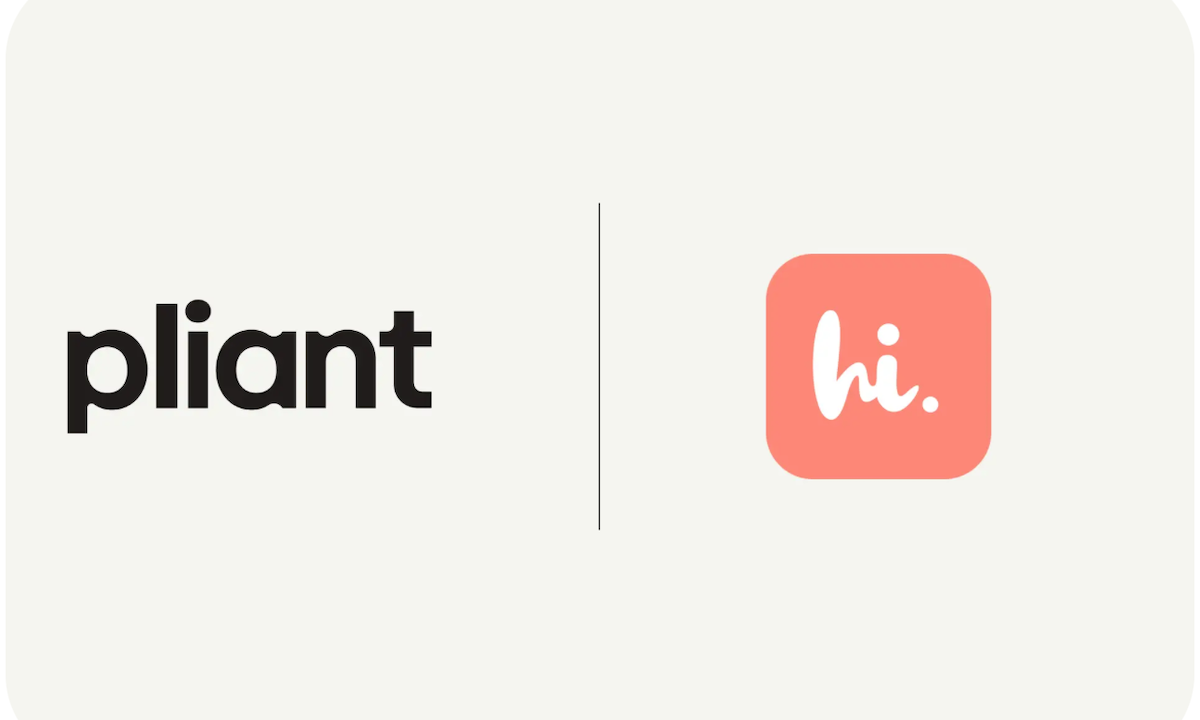Breaking Barriers: DC Literacy Hub Teams Up to Demystify Healthcare Navigation

Have you ever found yourself squinting at a medical document, desperately trying to decipher complex medical jargon or struggling to understand the tiny print on a prescription label? Now, imagine facing those challenges with limited reading skills. For millions of people with low literacy, navigating healthcare information isn't just challenging—it's a daily obstacle that can significantly impact their health and well-being.
Low health literacy is more than just a reading problem; it's a critical barrier that prevents individuals from understanding essential medical instructions, comprehending diagnosis details, and making informed healthcare decisions. When patients can't fully grasp medical information, they're at higher risk of medication errors, missed treatments, and potential health complications.
The consequences extend far beyond individual struggles. Healthcare professionals and systems bear the burden of miscommunication, leading to increased medical costs, higher readmission rates, and potential health risks for patients who cannot effectively understand or follow medical guidance.
Breaking down these communication barriers requires a compassionate, multi-dimensional approach that empowers individuals and transforms how medical information is presented and shared.


